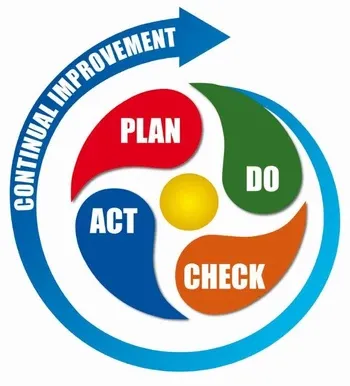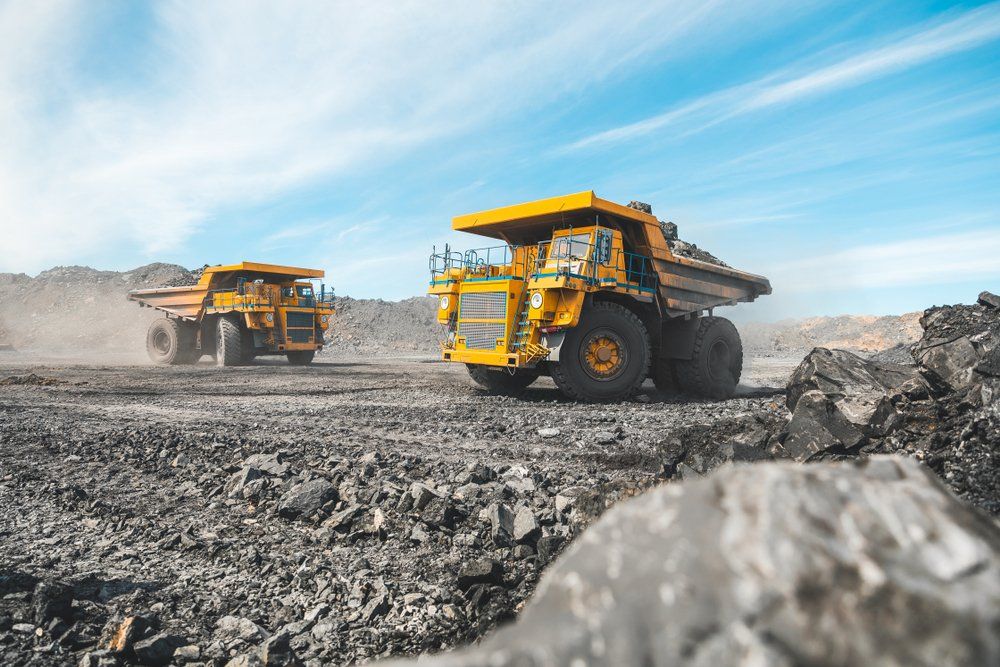Putting the "Check" in Plan-Do-Check-Act
The seminal deming cycle (Plan – Do – Check – Act) is one of the most frequently used models to describe what and how things should be done in regards to managing health and safety. Its beauty is in how succinctly it sums up the range of actions that are to be undertaken to effectively manage a range of activities across all types of industry. The question often overlooked is how effectively is it being applied?

Some examples of your requirements across a range of jurisdictions include:
- The NSW Work Health & Safety (Mines) Regulations 2014 (s15) requires that the safety and health management system (SHMS) must include a system for auditing the effectiveness of the SHMS. s71 obliges the mine operator to ensure the effectiveness of ventilation system and ventilation control plan is audited at least every 12 months.
- Queensland’s Coal Mining Safety & Health Act 2001 (s41(1)(f)) obliges the coal mine operator to audit and review the effectiveness of the SHMS and retain the records for 7 years (s68).
- New Zealand’s Safety and Health in Employment (Mining Operations and Quarrying Operations) Regulation 2013 requires audits of SHMS effectiveness (s57 and s59). It further goes on to require independent external auditing of Principal Hazard Management Plans (PHMP) within 3 years of implementation (s70).
You can see that there is a common theme amongst these requirements and a strong correlation exists with the requirements in many other jurisdictions across the world. Why are effectiveness audits required? I won’t give you a history lesson, but reflections on the Moura and Pike River disasters highlighted failings in auditing (and actions to address) the effectiveness of the SHMS.
In addition, Australian Standard “AS/NZS 4804 Occupational health and safety management systems – General guidelines on principle, systems and supporting techniques clause 4.5 ‘Review and Improvement’” states the following: “Management review is a cornerstone of the management system, providing an opportunity for senior management to regularly review the operation of the system and its continuing suitability in the face of change to make adjustments to build upon and improve its effectiveness.”
Make management review the cornerstone of your organisation by engaging specialist advice (external and internal) to undertake rigorous testing of the effectiveness of the implementation of your SHMS. You may be surprised at what small measures can be identified to make significant improvements to health and safety. Many organisations (including Marshall Mining & Engineering Solutions) have the experience and competence required to undertake your effectiveness audit and assist with ongoing implementation and improvement actions to ensure sustainable.






